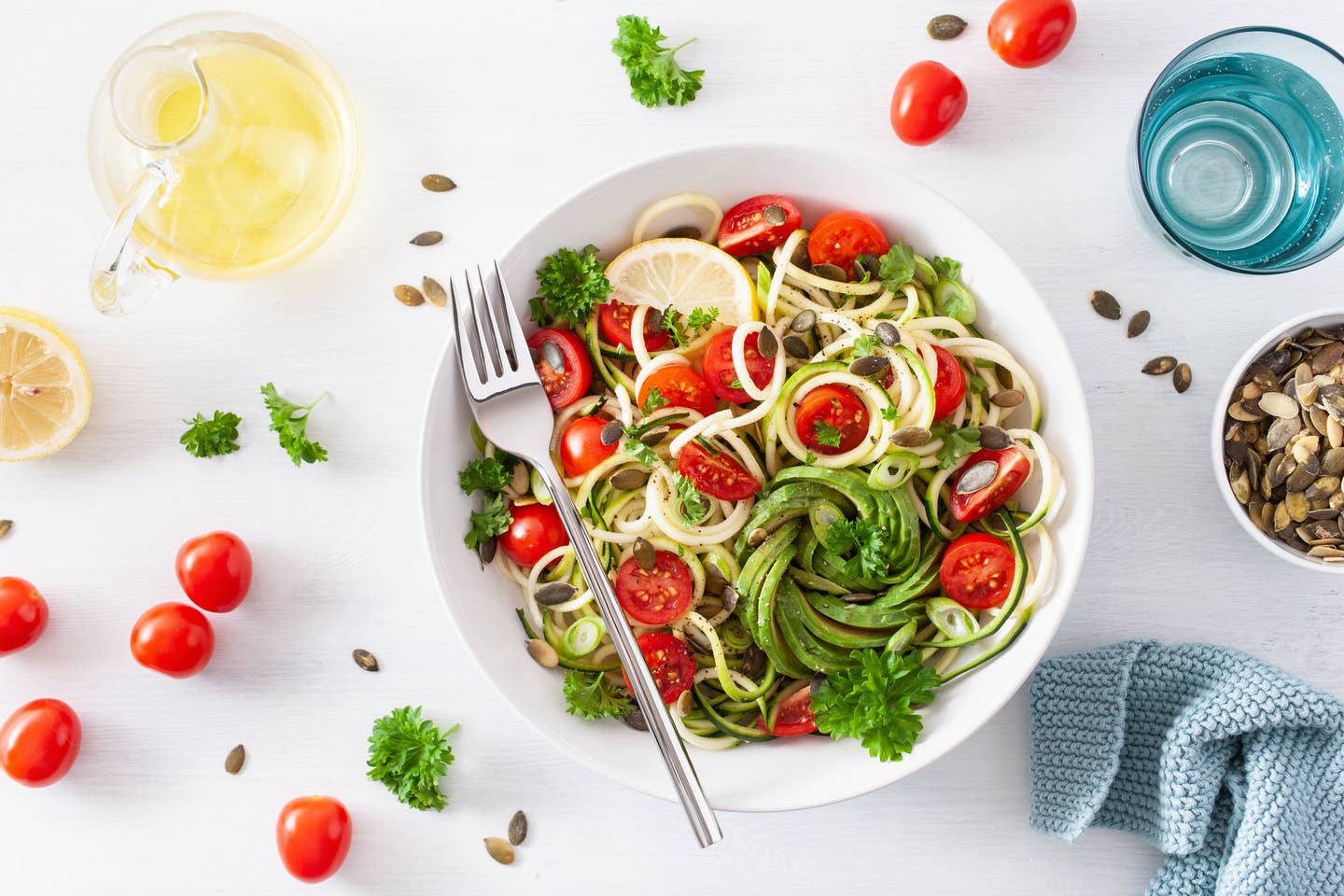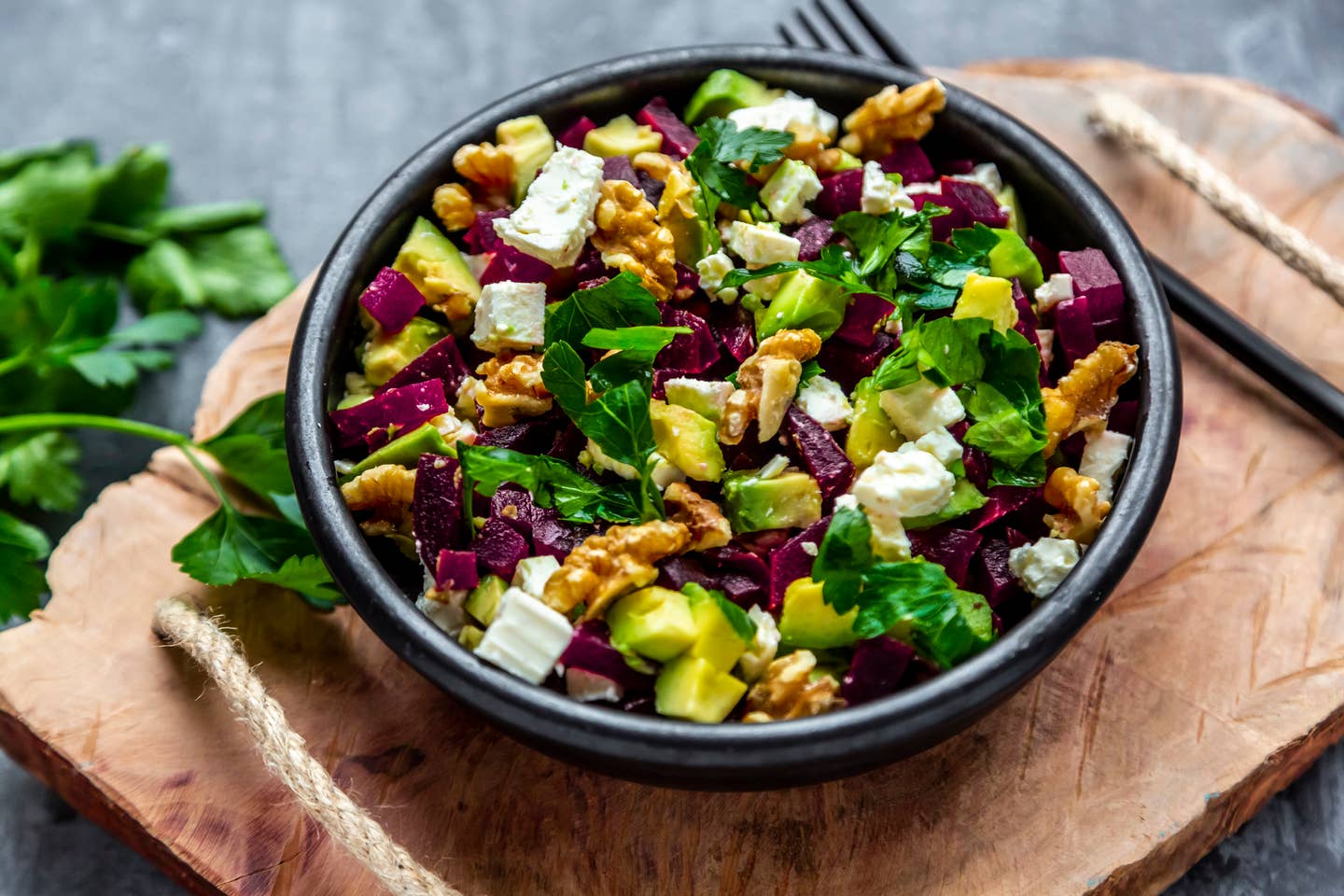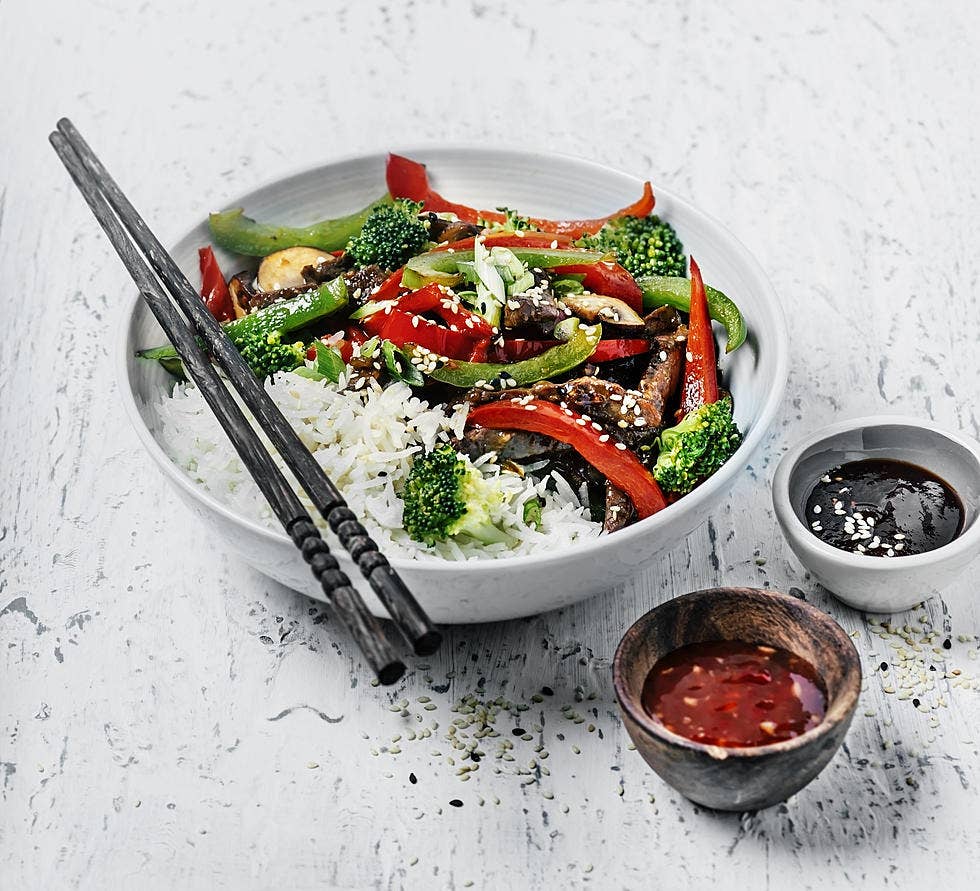
Your Week 3 Expert Tips to Sticking With Your Vegan Keto Diet. Keep Going!
Week 3 is both the easiest and the toughest because by now you know exactly how to eat a plant-based keto diet and you are well on your way to reaching your goals! But of course, every week becomes another chance to jump off.
Stay with the plan and you'll be so glad that you did! Here are Lisa Danielson's expert tips for how to finish strong, including working out and adding powdered greens for even more nutrients that will energize you and help you stay on track. In case you missed it you can always revisit tips 1 through 7 here and tips 8 through 15 here. We are so proud of you for your ability to make a commitment to yourself and your health and we want you to share how it's going on The Beet's Facebook page. Oh and in case we are the first to say it, or you need a little pat on the back, as you round the corner on the last week... Way to Go!
Tip 15. If you want to take supplements consider Vitamin D and Powdered Greens
People often ask if you need to take vitamin supplements when you do the vegan keto diet. You don’t necessarily need to supplement since you are eating plenty of vegetables, greens, and nuts, and seeds, all of which contain healthy phytochemicals and antioxidants. Still, many people are deficient in vitamin D and you can assume you might be one of them. Consider taking vitamin D3 along with antioxidant-filled powdered greens to mix into your morning drink to add a natural boost of vitamins to your day.
Some people take a supplement of BHB which are exogenous ketones that help the keto process ramp up faster. Some keto dieters also like to add more MCT oil or powder to a smoothie or coffee just to add a little more fat to their daily calorie ratio.
Sipping one drink mixed with powdered greens daily offers you the chance to get any vitamins and minerals you may be missing, such as vitamin A, plus selenium and Omega-3 from algae, so think of it as an insurance policy or natural multivitamin in a glass.
Tip 16. Stay motivated to workout because muscle burns more calories than fat
Most diets cause your body to shed both fat and lean body mass and when you gain it back you gain back fat. So in many cases, if your diet and then revert to eating normally your body competition shifts and you end up losing more healthy lean body mass than you want.
The thing about keto is you don't lose muscle while burning fat, so in order to shift your body to become leaner it's even more important to still workout and strength train so you stay toned. Muscle burns more calories than fat does, just sitting still or sleeping.
Studies have shown 10 pounds of muscle burns 50 calories at rest over the course of a day, whereas ten pounds of fat burns just 20 calories at rest over the same period. So keeping your strength training and muscle mass strong means you can burn more than twice as many calories at rest.
Tip 17. Not all vegetables are keto-friendly. Use this chart to find your best option
To find your net carbs, simply subtract the fiber content of a food from the total carbs. So if steamed broccoli has 7 grams of carbs per cup and 5 grams of fiber, You subtract the fiber from the carbs to figure out that steamed broccoli has only 2 net carbs.
Nonstarchy vegetables will still have carbs, but you have less to worry about when you eat these, since fiber is not going to give you the actual impact because there are so many fiber grams that generally leafy greens like spinach and kale really aren't even worth tracking because they are so beneficial for you, it really does take more calories to digest those than you are taking in.
Tip 18. Hydrate. Drink more water and tea every day
You would be surprised at how much water you should drink in a day. Meanwhile, tea has been proven to help boost weight loss, especially oolong tea and green and black tea. For immunity, turmeric tea has shown that it helps both fight inflammation and build a stronger immune system, so if you are dieting you want to load up your water bottle with hydrating fluids. (Coffee is actually a diuretic so it may leave you dehydrated if that is all you drink.)
To estimate the right amount of water you should drink, fill up a gallon container and then work that down every day. To figure out exactly how much water you should be drinking, multiply your weight in pounds by 2/3 (or .67) and that is the number of ounces of water you need to drink in a day, according to the latest research. That means if you weigh 150 pounds you need to strive for 100 ounces of water a day. Ten tall glasses or full water bottles are the right numbers to shoot for. Keep one handy and filled all day long.
Because you have to drink so much water also make sure to keep up on your salts and electrolytes so make sure you are getting enough salt on your food (like salty nuts) or a salt shot if you're feeling lightheaded.
Tip 19. Snacking is sometimes unavoidable. Nuts are your friend
Even though week 1 of this plan recommends no snacking and weeks 2 and 3 allow a single snack a day, if you are famished and want to reach for a keto-friendly snack, simply choose to eat a small handful of mixed nuts that are high in fiber, protein, and fat. Nuts are also filling and healthier, so if you can't keep yourself from eating between meals, this is a great option for when you are needing something to get you to your next meal.
Nut butters, especially almond butter, also work well on a celery stalk or endive or even in a lettuce wrap, if you want to snack on something that will keep your net carbs low.
Tip 20. To find your energy equilibrium, stick with a mostly keto diet going forward
The keto diet is not new. It's been around for a while and used to treat pretty serious illnesses. It is an evolving diet and we are putting a healthier spin on it. But know that it has been used safely as a therapy for decades and feel good about what you're doing because you are making it even healthier. It has been around for a long time and will stick around a lot longer.
The keto approach was first used by a team of doctors who were treating children with epilepsy since carbs appeared to make their symptoms worse and burning fat and ketones allowed their energy levels to be steady and their symptoms abate. Since then keto diets have been used to help battle illnesses such as diabetes, Parkinson’s, and autoimmune diseases, all of which are made worse by chronic inflammation. Weight loss is a side effect of the ketogenic diet, due to the fact that it uses this alternative energy source: Ketones.
Many researchers believe that ketones (the acids that fat gets broken down into) are a superior form of energy because they burn more slowly, giving your body longer, more sustained energy. It's as if you are burning a candle, not a match.
Tip 21. Find your happy balance between a strict approach and a sustainable diet
The key to following a healthy approach to any long-term nutrition or diet plan is to find a sustainable level of eating plant-based foods that you love and also keeping your intake at a healthy level so that you are able to enjoy life but not gain back the weight you have lost.
Finding a happy balance is the key. No diet should control your life, so embrace a certain amount of flexibility. Stay on track for the next few weeks to get the full benefit of being fat adapted. Then you can add in more low-carb foods and still maintain your healthy weight.
The great thing about a plant-based or vegan approach is that this is known to help you keep your weight at a healthy and sustainable level while enjoying the nutritious foods you love.
What happens when people are done with keto dieting is they enter a low-carb phase, or do a cyclical keto where Monday through Friday they adhere they adhere to a stricter diet and allow themselves more room for flexibility on weekends. Try this and see if you like it, and know that you can always use these recipes for maintaining a healthy weight.
More From The Beet






